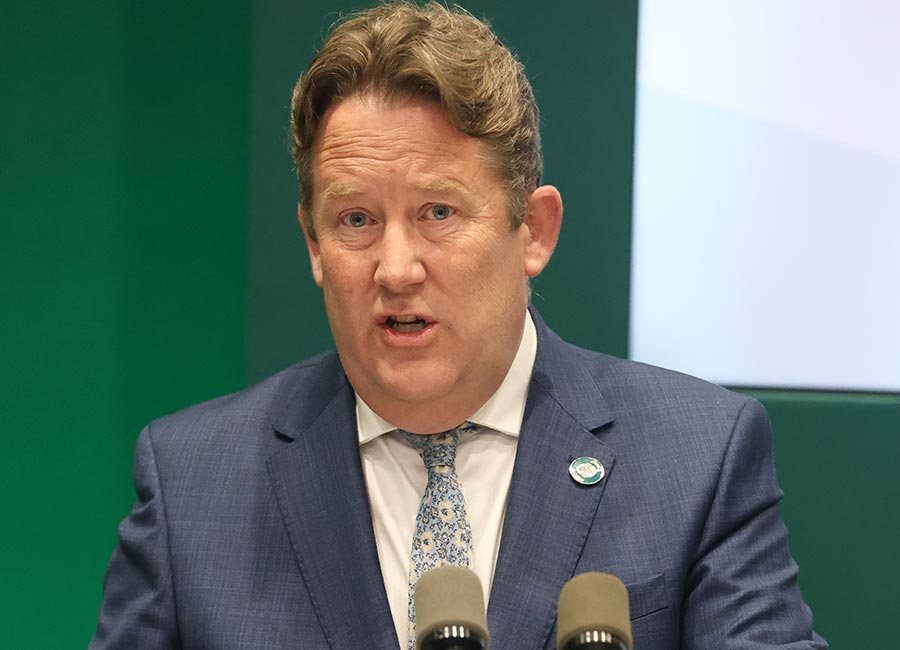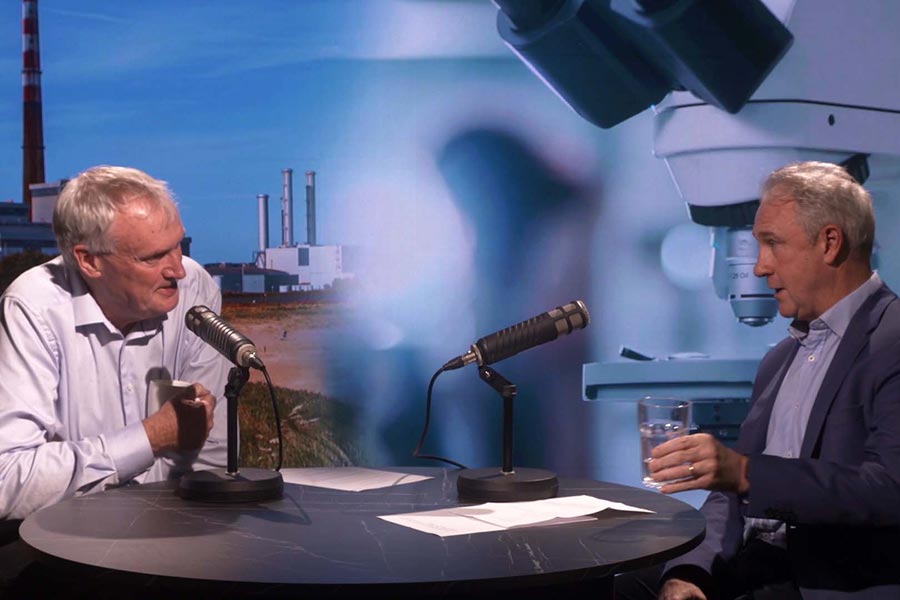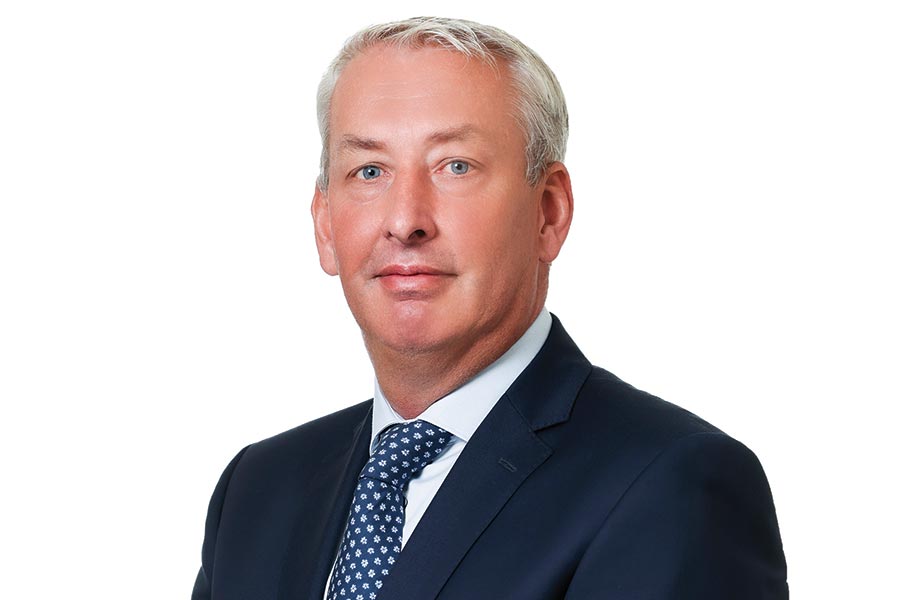A choice must be made between cheaper public transport fares and progressing projects such as Dublin’s MetroLink, the Government has been warned, writes Brian Mahon.
The previous government introduced 20% cuts on public transport fares in 2022 as a cost-of-living measure, when the Green Party held the Transport portfolio.
This included a €2 cap on 90-minute fares in Dublin across bus, Luas and Dart services, while a 50% reduction in charges for younger people was introduced later on.
Although introduced as a cost-of-living measure, it was also hoped it would take cars off the road and boost public transport usage, helping to reduce carbon emissions.
The measures have been extended in every budget since.
However, the Government has now been warned that the subvention, which costs hundreds of millions each year and represents a sizeable chunk of the overall Department of Transport budget, could harm projects such as the MetroLink, Dart+, the Luas Finglas and BusConnects.
In a briefing note prepared for Public Expenditure Minister Jack Chambers, his officials warned the “long-term funding approach” for reduced fares “creates challenges for a wider, increased capacity” and more “frequent public transport network”.
Government sources have said that the new Transport Minister Darragh O’Brien will have tough choices to make in the October budget.
A senior Government figure said: “Darragh will have to decide what he wants to prioritise.
“We can’t go repeating [what we have done in the past], spending did go up a lot in the last five years.
“Ministers will have to define actual priorities and there will be trade-offs, particularly on current spending.
“If you want to actually do capital spending, you can’t do both. There will have to be firmer choices at budget time.”
Mr Chambers has already indicated that the cost-of-living measures – such as energy credits and subsidised fares – that became a hallmark of budgets over the last five years will not be repeated under the new administration.
His officials believe cheaper fares have proven very costly and have not succeeded in boosting numbers using public transport.
They said expanding services and making them more frequent could provide better results.
The briefing note reads: “The significant challenge for the department will be the major capital projects coming on-stream in the coming years, including the Metro, Dart+, Luas Finglas , BusConnects, etc.”
It adds: “Exchequer funding has increased by €350m since 2019 and over €650m is being provided in 2025.
“This is in part due to the introduction of fare initiatives over the period during which fare revenue has decreased by 26%, despite increasing passenger numbers.
“The increase in passenger numbers has not kept up with overall population increases. Network enhancement and new services are likely to have a greater impact on passenger numbers.”
Government TDs contacted fear taking away the fare reductions will be unpopular with voters.
Fianna Fáil TD for Dublin South-West John Lahart said he believed the reduced fares should be maintained.
“Public transport in Dublin isn’t particularly cheap by international standards and it can be hard to make connections under the 90 minutes so I wouldn’t like to see an increase in fares.
“Given the inefficiencies of some bus routes in my constituency – S6, S8, 15B to name three – any notion that there would be a fare increase would be deeply unpopular among hard-pressed and frustrated commuters,” he said.
Fine Gael TD for Dún Laoghaire Barry Ward said he did not believe it should be an “either/ or” scenario.
When pressed, he said that while reduced fares are important, he feels that it is crucial to expand public transport with projects such as the MetroLink, and that this shouldn’t be jeopardised.
Department of Transport expenditure stands at €3.9bn for 2025.
This represents an increase of almost €1.9bn (95%) since 2019.
Some €1bn is current expenditure and €2.9bn is capital.
The size of the public transport network has grown 23% since 2019, particularly in rural areas.
Since 2020, there has been an increase of 171km of roads, 257km of cycling infrastructure and 496km of walking infrastructure.

A Department of Transport spokeswoman said Public Service Obligations, under which fares are reduced, “are socially necessary but financially unviable”.
She added: “The Government is strongly committed to enhancing transportation networks and infrastructure development, and public transport has a key role to play in the delivery of this goal.”
She added that it is committed to “developing a strategic public transport network, the roll-out of contactless fare payments on all public transport and to keeping fares low and affordable”.











